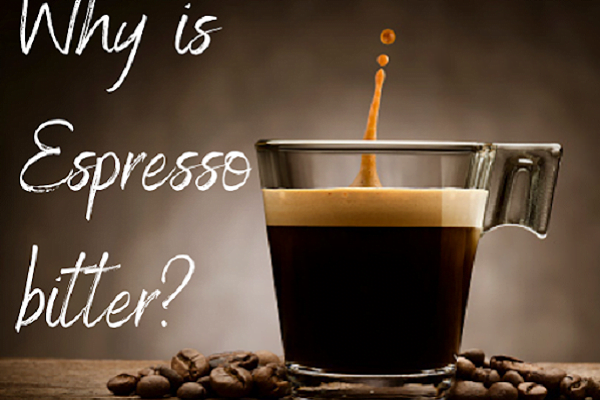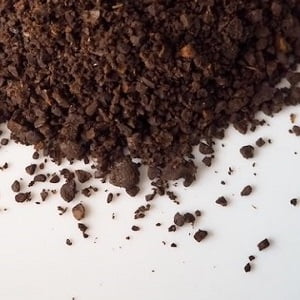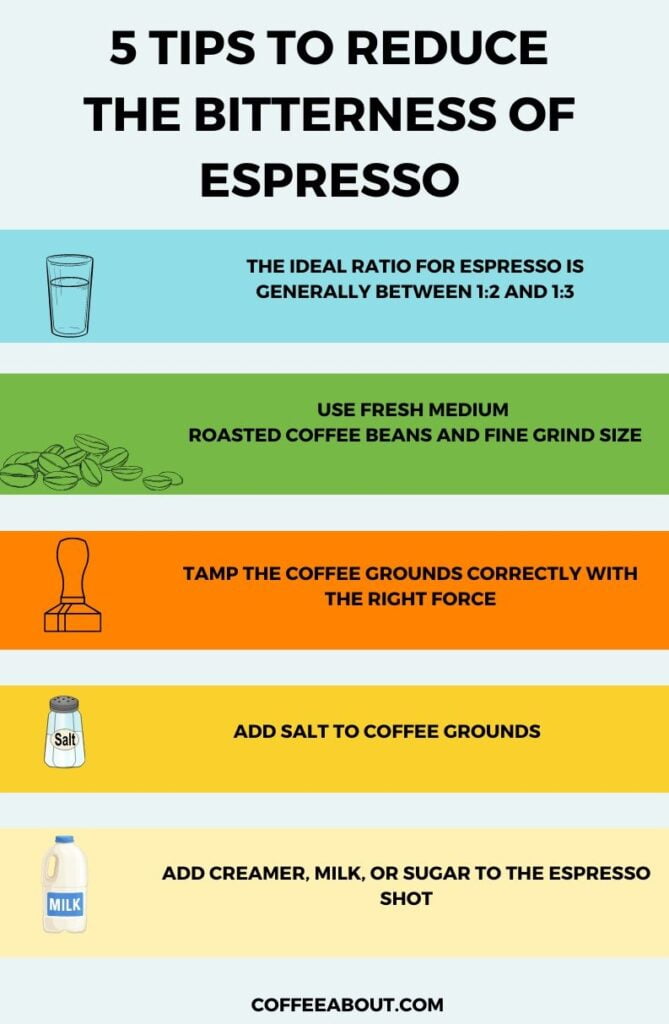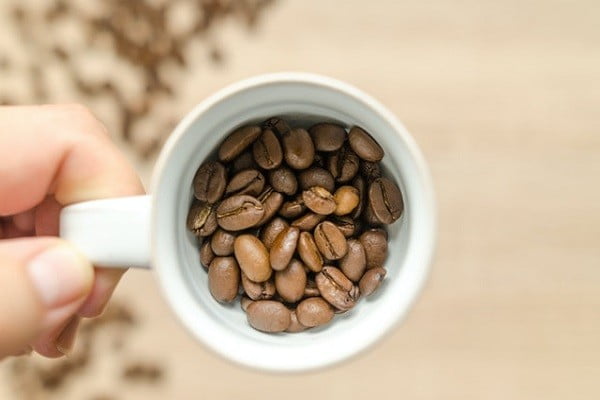The main reason why your Espresso tastes burnt or bitter is over-extraction. Over-extraction can occur if you grind the coffee beans too fine, use dirty equipment, or tamp the grounds too tightly. Moreover, using old or badly roasted coffee beans can also make your Espresso bitter.
Do you often find the Espresso to be too bitter for your liking? If so, you’re not alone. Bitterness is a common issue that many coffee lovers experience when making Espresso.
In this article, I’ll explore the causes of bitter Espresso and offer some practical solutions to help you achieve a smoother, more enjoyable Espresso experience.

Is Espresso Supposed to be bitter?
Yes, Bitterness is always present in perfectly pulled Espresso shots but it is not the dominant flavor. A well-made Espresso should have hints of dark chocolate, dried nuts, citrus fruits, and a slight bitterness.
It’s the bitter truth that Espresso is supposed to be bitter and it is actually enjoyed by coffee lovers. It’s the over-bitterness that causes the problem.
If all you taste is bitterness then chances are your Espresso is over-extracted!

For Making a better shot of Espresso read a guide on Dialing in Espresso Machine
3 Reasons for Over-Extraction of Espresso Shot
A bitter espresso shot is mainly because of over-extraction, which happens when more of the bean’s flavor and bitterness is extracted than intended.
These 3 reasons might be the cause of why your Espresso tastes bitter.
You are using too fine Coffee grounds
Using too fine grind size can slow down water flow through the puck and cause over-extraction.
The grind size of coffee beans is one of the most critical factors in espresso brewing and you must get it right.

Try adjusting your grinder to medium fine settings to fix this problem. You should also experiment with the dose of coffee you’re using – a smaller amount of coffee can help to speed up the flow of water and prevent over-extraction.
Also Read: Is wet Espresso Puck a problem?
The Temperature Might Be Too High
Another common cause of over-extraction is temperature. If your water is too hot, it can cause the coffee to release too many of its bitter compounds and result in a burnt, bitter taste. Conversely, if your water is too cold, it can cause under-extraction, which produces weak, sour coffee.
According to National Coffee Association, the best water temperature for brewing coffee is 195-205 degrees.
Note: Most Espresso machines don’t give users the option to adjust the water temperature. If your machine has adjustable temperature settings try running it at a slightly lower temperature.
Read a guide on Espresso water temperature
Time is key
It is essential to keep an eye on the time it takes to pull a shot. If you let your shot run for too long, it can over-extract and become bitter. If it runs too quickly, it may under-extract and produce watery espresso.
To get the timing right, it’s important to experiment with your brewing process and find the sweet spot for your machine. A good starting point is to aim for a shot that takes around 25-30 seconds to pull.
If the shot is pulled over 35 seconds, it will be over-extracted and bitter, for sure.
You can adjust the grind size, coffee-to-water ratio, and tamping practice to achieve perfect timings.
Remember, making the perfect Espresso takes practice and experimentation, so don’t be too hard on yourself if it doesn’t turn out exactly as you hoped. Keep at it; before you know it, you’ll pull smooth, delicious shots like a pro!
A dirty machine or Portafilter may result in Bitter Espresso
You are responsible for a bitter or burnt espresso shot if you don’t clean your Espresso machine regularly.
If there’s coffee residue or oil build-up in the machine and the portafilter, it can result in a bitter taste, as well as other unpleasant flavors. Regular cleaning and maintenance are very important for producing high-quality espresso.
Keep your machine and portafilter clean and well-maintained to ensure you get a delicious, smooth-tasting espresso every time.
And don’t forget the grinder! You have to regularly purge and clean the grinder to get an even grind size.
5 Tips to Make Espresso less bitter
Here are five tips to reduce bitterness in Espresso

1) Use the Correct coffee-to-water ratio
The amount of coffee you use with the amount of water can greatly affect the taste of your Espresso. Too much coffee can make the taste bitter, while too little can produce a weak flavor.
The ideal ratio is generally between 1:2 and 1:3, meaning for every gram of coffee, you should use 2 to 3 grams of water. That makes around 7-9 grams for a single shot and 16-18 grams of coffee for a double shot.
Adjust the ratio to suit your taste preferences, but remember that using too much coffee can result in bitterness.
Here’s a guide on using an Espresso machine
2) Use Good Quality medium Roasted coffee beans
The coffee beans you use can also greatly affect the taste of your Espresso.
Roast freshness is also very important, which reduces bitterness. In an ideal scenario, try to use beans within 30 days of roasting and never go beyond 60 days.
Arabica Beans are typically less bitter than Robusta beans. Although, Authentic Italian Espresso shots are pulled with a blend of Arabica and Robusta beans that gives the shot a chocolaty and bitter taste but you can use 100% Arabica beans if you are entirely against the bitterness.
Avoid using extra dark roasts or badly roasted beans, as they will deliver a burnt-tasting shot.
Here’s the list of my favorite Espresso beans.

3) Tamp the coffee grounds correctly
Tamping is an important step in espresso brewing.
If you don’t tamp the coffee grounds correctly you will end up with an uneven extraction, resulting in a bitter taste.
A good rule of thumb is to first level off the surface properly and then apply a balanced force with the tamper. Don’t go too hard!
Here’s a guide on Espresso tamping

4) Add salt to coffee grounds
This sounds counterintuitive but adding a small salt to your coffee grounds before brewing helps reduce bitterness.
Salt helps to counteract the bitter flavors in the coffee, resulting in a smoother taste. Start with a small pinch of salt and adjust to your taste preferences.
5) Add Creamer, milk, or sugar to the Espresso shot
Let me clear one thing you must have to accept a little bitterness if you really want to enjoy an Espresso shot.
If you can’t do that then straight Espresso shots are not for you!
But that doesn’t mean you have to avoid Espresso entirely you can enjoy other Espresso based drinks such as Latte, Cappuccino, Macchiato, and many more by Adding Creamers, Syrups, milk, or sugar.
Read a Guide on 30 different types of Espresso drinks

Final Thoughts
Remember, brewing the perfect Espresso can take some trial and error. Try experimenting with these tips and adjusting the parameters until you find the ideal balance of flavors.
And remember, there’s no right or wrong way to enjoy your coffee – do what makes you happy.
Also Read: Is Espresso less acidic than coffee?
FAQs
Is Espresso more bitter than Regular Coffee?
Espresso tends to have a slightly more bitter taste than regular coffee. However, it’s worth noting that a certain amount of bitterness is essential to the balance of the coffee flavors.
Here’s how you can make regular coffee in Espresso
What Is Espresso Supposed To Taste Like?
Generally, Espresso should have a balance of acidity, sweetness, and bitterness with a very rich mouthfeel.
The flavors of Espresso have notes of Dark chocolate, Dried Nuts, and Caramel.



